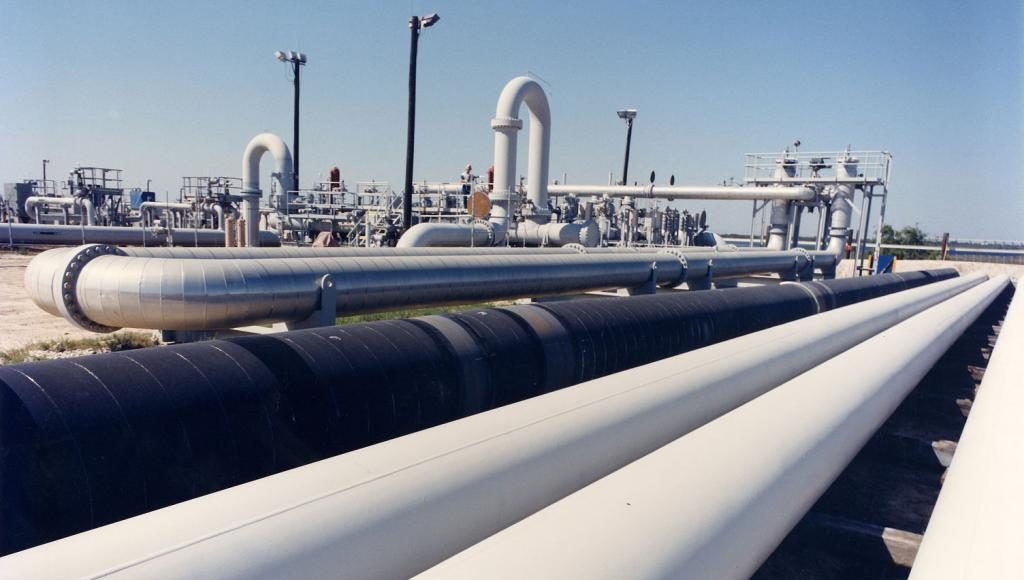By Joel Bhagwandin
Part 1
Gas contained at the Liza Phase 1 Development can facilitate the production of 200 megawatts of power generation, enough to power the entire country and can be sustained for more than 15 years. More recently, it was reported that ExxonMobil can deliver more than 50 million cubic feet of gas per day to shore. The report noted that “around 20% of the oil discovered in the Stabroek block is associated with gas, estimated to be in the order of more than 9.6 trillion cubic feet.”
Financial & Economic analysis summary
For the purpose of this analysis the author’s estimated cost for the gas-to-shore project is US$400 million (GY$86 billion). In this scenario, it is assumed that Exxon will finance 50% or US$200 million and the Government finances the remaining 50% or US$200 million. The analysis also assumes that the natural gas will be used for electricity generation and Liquified Petroleum Gas (LPG) which is used within households for cooking.
- Energy Demand forecast up to 2019 according to the Guyana Power and Light company’s (GPL) official demand forecast numbers is just under 1 million megawatts of power at an annual growth rate of 5%. Hence, this forecast hinged upon organic growth at that time.
- Given the country’s development trajectory under the current regime with massive infrastructural projects and the objective to reduce energy cost by 50% or more, energy demand forecast in scenarios two and three took these factors into consideration. As such, the gas-to-shore project is estimated to be operationalized by the end of 2023. Therefore, the demand forecast is reasonably projected to grow by 10% annually post 2023 and 15% annually post 2023, respectively.
- In scenarios two and three, energy demand is expected to be driven by heavy industrial and commercial activities owing to lower energy cost as well as increase in the number of households (50,000 – 60,000 new households). Lower energy cost will also encourage increased consumption at the household level, for example households will move to have more airconditioned units installed, other electrical appliances and more modern amenities.
- In scenario one which is the organic scenario, energy demand is estimated to reach 1.5 million megawatts by the end of the decade; in scenario two at 10% annual growth rate, energy demand is estimated to reach almost 2 million megawatts of power by the end of the decade; and in scenario three, energy demand is estimated to reach over 2.6 million megawatts of power by end of 2030.
- With respect to the financial forecasts, the current average cost per kwh is US$0.25 cents or US$250 for one megawatt of power. Therefore, if the objective is to reduce energy cost by 50%, the cost per megawatt will be US$125 or US$0.13 cents per kwh.
- To draw some comparison, the average cost per kwh in the U.S is US$0.10 cents and in Trinidad & Tobago, the average cost per kwh is US$0.05 cents.
- Using US$125 per megawatt for the analysis which represents a 50% reduction in energy cost, and assuming that operating cost for the gas-to-shore plant is 40% of revenue. Therefore, in scenario one with 1 million megawatts of power plus revenue from LPG for household use – the net operating profit will amount to US$87 million. The assumption to derive the revenue from LPG takes into consideration the current price for (one) 10 lbs cylinder of LPG which is US$16 (GY$3,600) and is likely to be reduced by 50% or to GY$1500. So, with an average household of 250,000 consuming on average of 12 X 10lbs cylinders of LPG per year (the equivalent that is) will result in over US$20 million in revenue.
- In scenario two, it is estimated that annual energy demand will reach over 1.3 million MWh of power – thereby resulting in net operating profit of US$114 million.
- In scenario three, the estimated annual demand for energy is over 2 million MWh of power – thereby resulting in a net operating profit of US$180 million.
In the investment appraisal, using the net operating cash flows from the financial forecast in scenarios one and two – the Net Present Value (NPV) of the initial investment of US$400 million is US$8.8 million with a discount factor of 10% – which can be recovered within four years. In the second investment appraisal scenario which uses the net operating cash flow from scenario one only (the lowest case) – the NPV is US$25.6 million and can be recovered within 7 years.
Both of these investment appraisal scenarios revealed that the project – in essence is a financially viable project.
More so, in light of the findings of this analysis as well, there is scope to lower the energy cost by more than 50% which is the ultimate objective; while the project can still be profitable even if operating costs is higher at 50%. (Note: operating cost is estimated to be 40% in all the scenarios for this analysis).
About the Author

Mr. Joel Bhagwandin is an established finance professional with over thirteen years’ experience in commercial banking, the financial sector and private sector development combined. He has Authored more than 200 articles on economic and finance issues, and policy analysis within the context of a developing economy published in the Guyana Times under a weekly column titled “the Economy & Finance”.
He is a prolific academic involved in teaching both MBA and BBA programmes in business economics, business and financial management courses with various tertiary level educational institutions and he is actively engaged in academic research. Additionally, he is engaged in the provision of business & financial consulting in the areas of banking and financial advisory solutions, corporate finance and business analysis for private corporations and small and medium sized enterprises (SMEs).
He is the holder of a Master of Science Degree in Business Management with specialization in Global Finance, Financial Markets, Institutions and Banking from Edinburgh Napier University; an Executive Certificate in Macro-financial policy-making in Emerging Markets from Columbia University, School of International Public Affairs in New York, and several other Diploma Certificates in Business Communication, Marketing, Business organization and Environment from the University of Cambridge.
Mr. Joel Bhagwandin is currently pursuing his second Master’s Degree, MSc. (Accounting & Finance) through London School of International Business/University of Chichester; while simultaneously pursing a PhD in Development studies through published works as an alumnus of Edinburgh Napier University, Scotland, United Kingdom.




